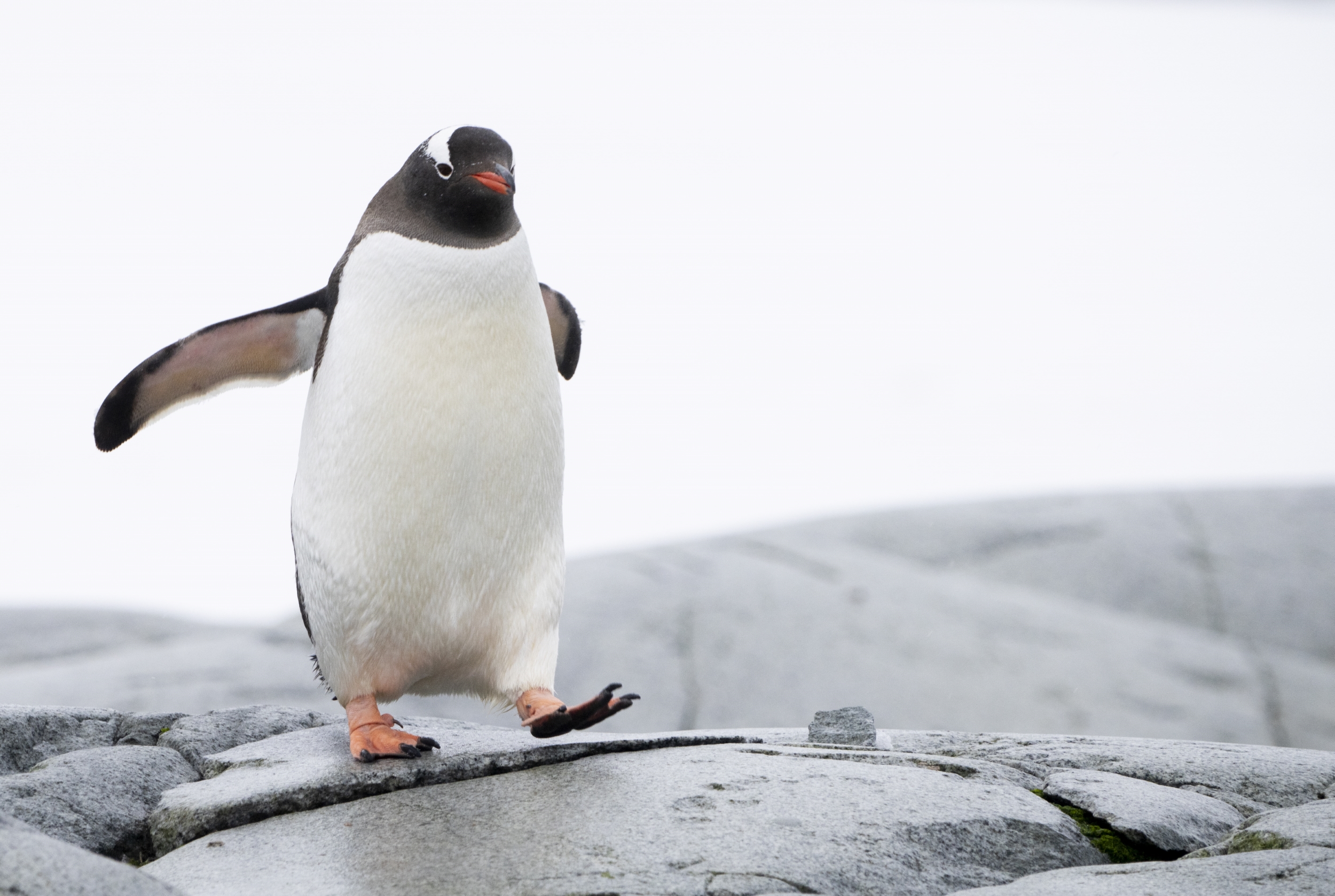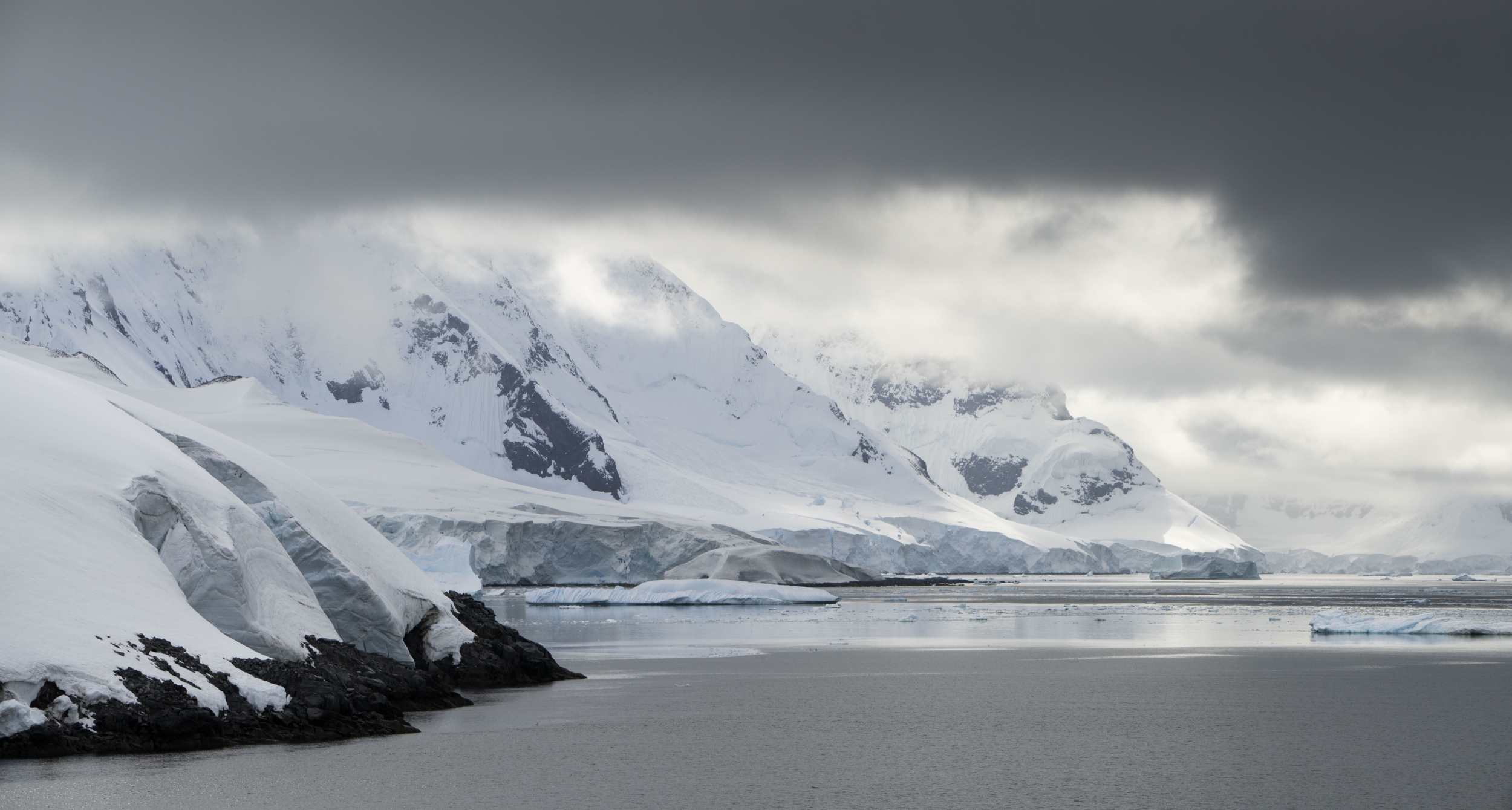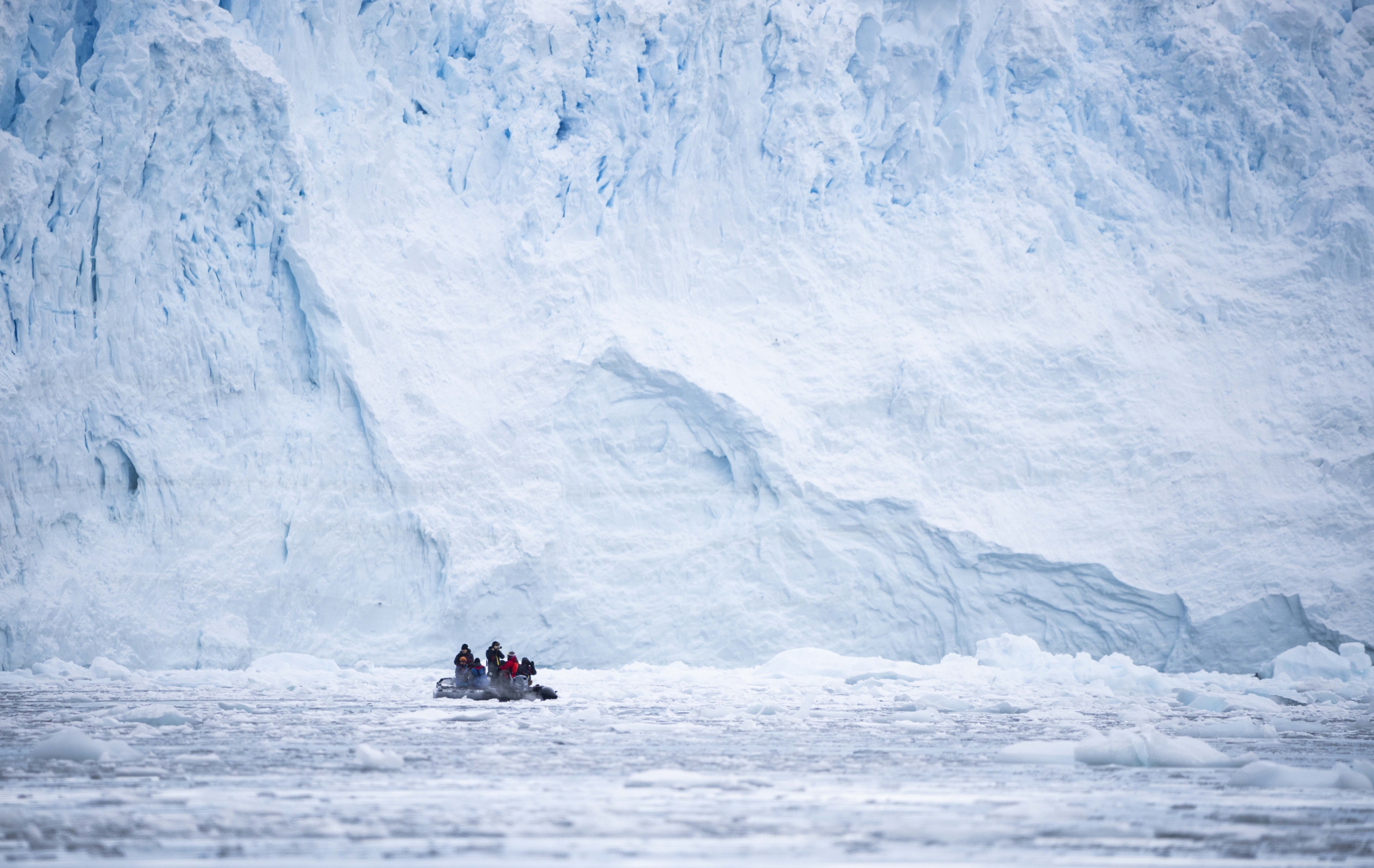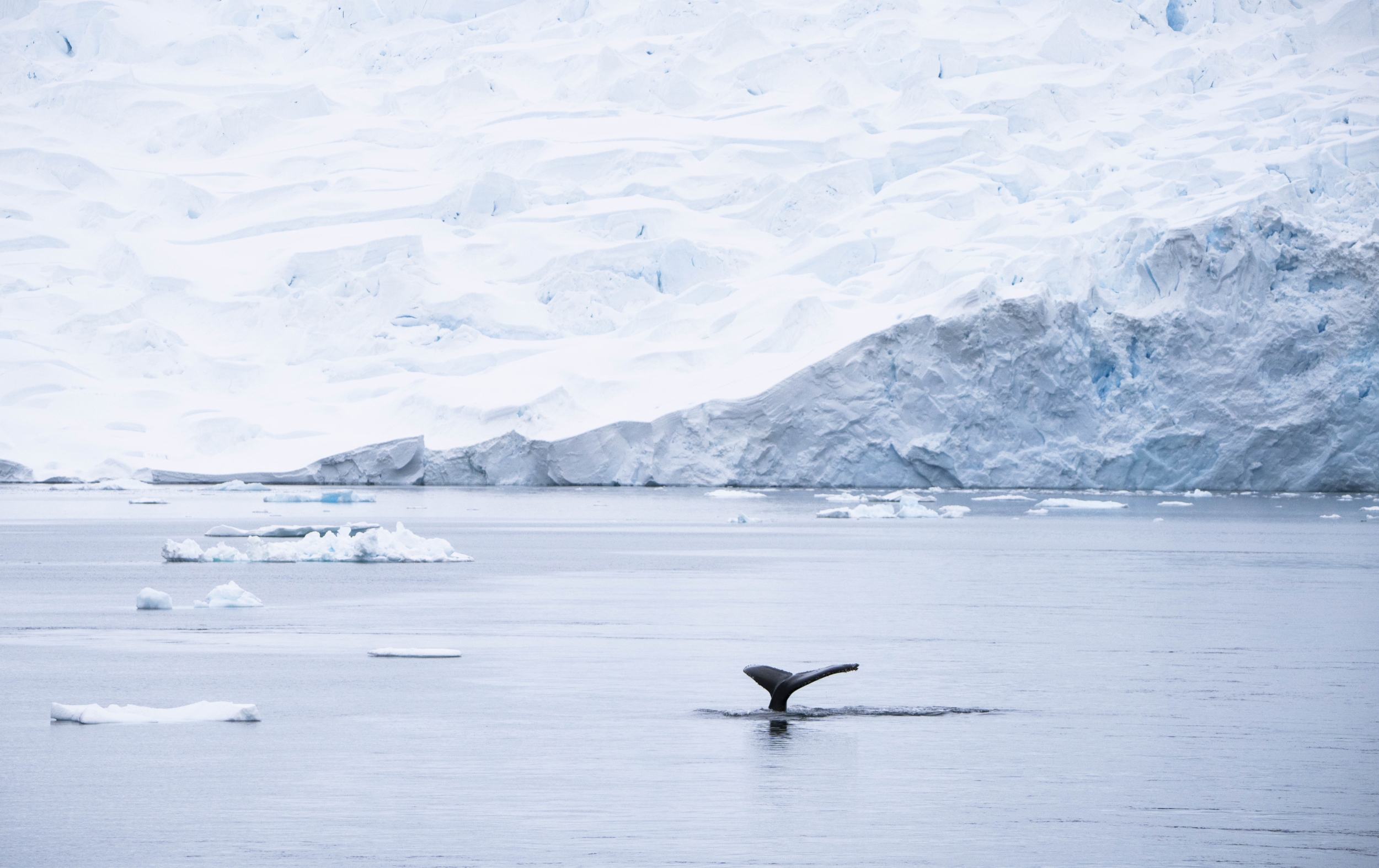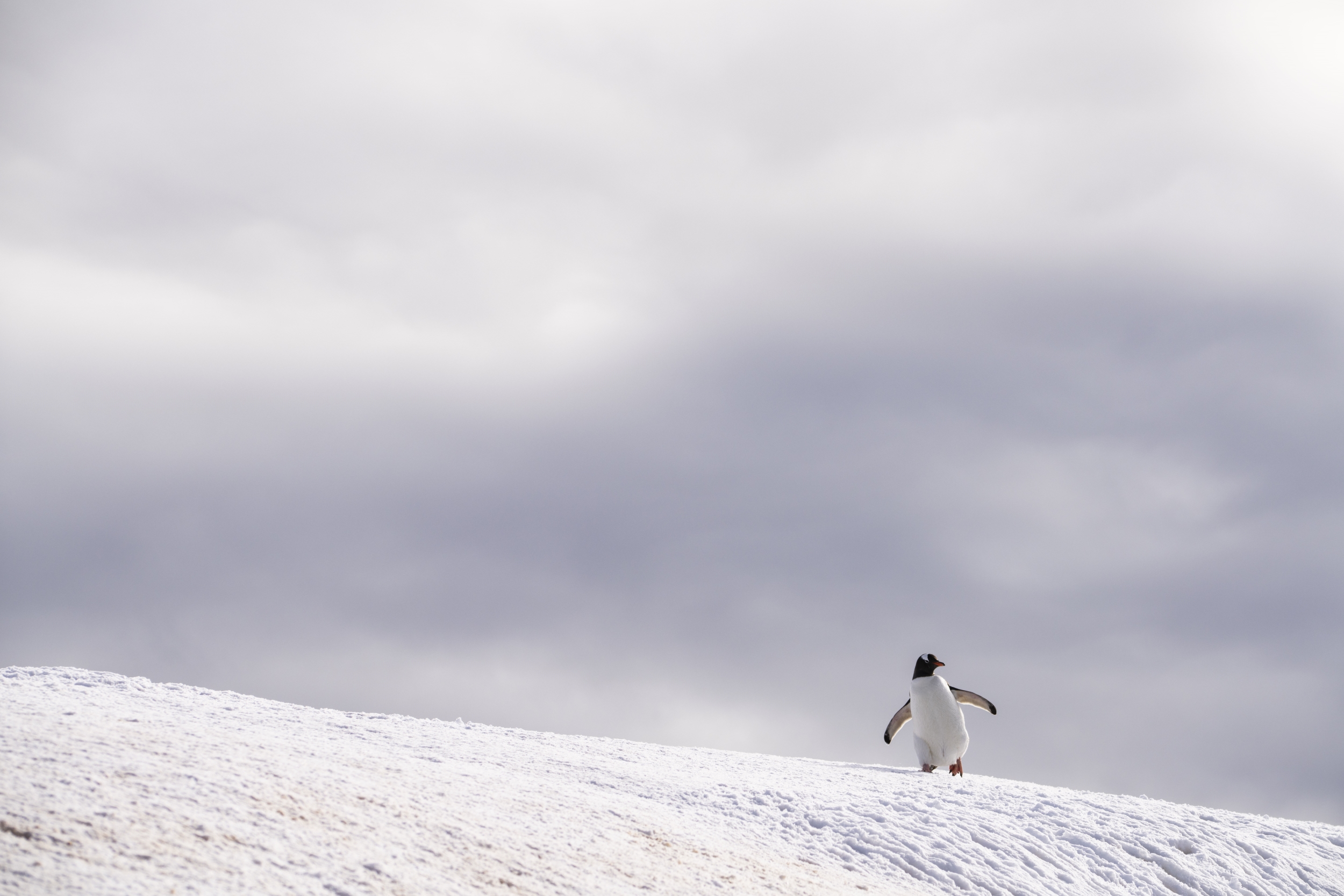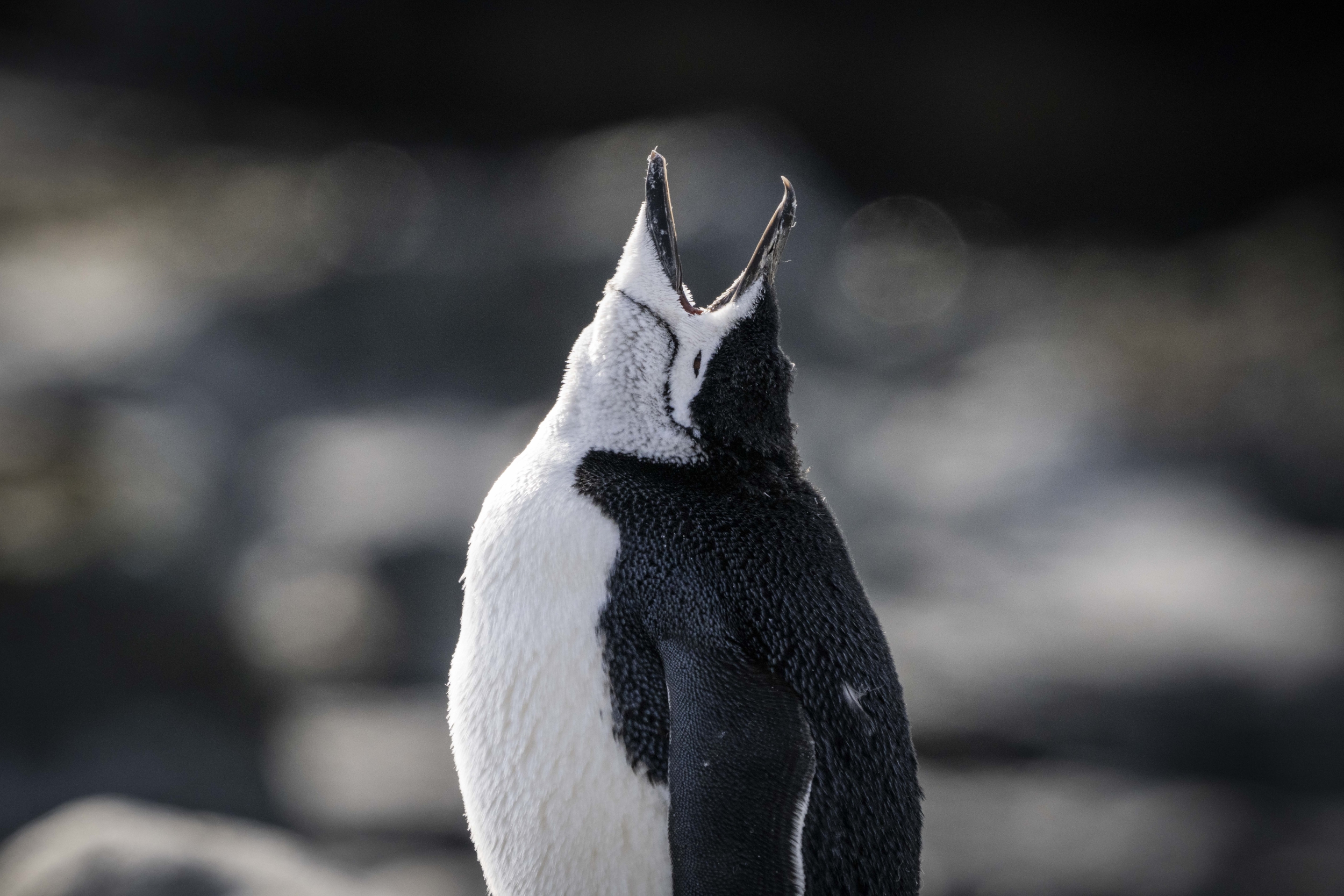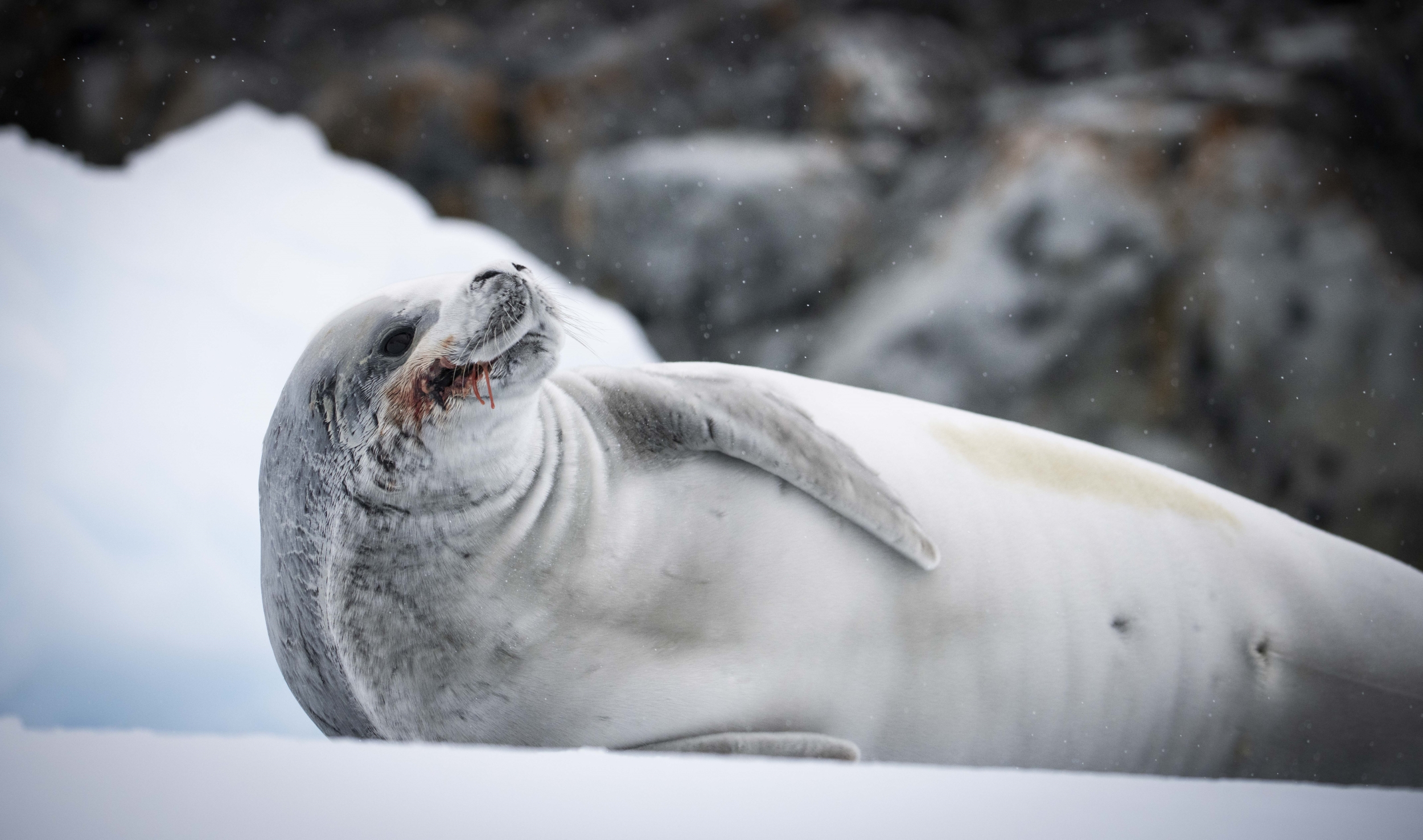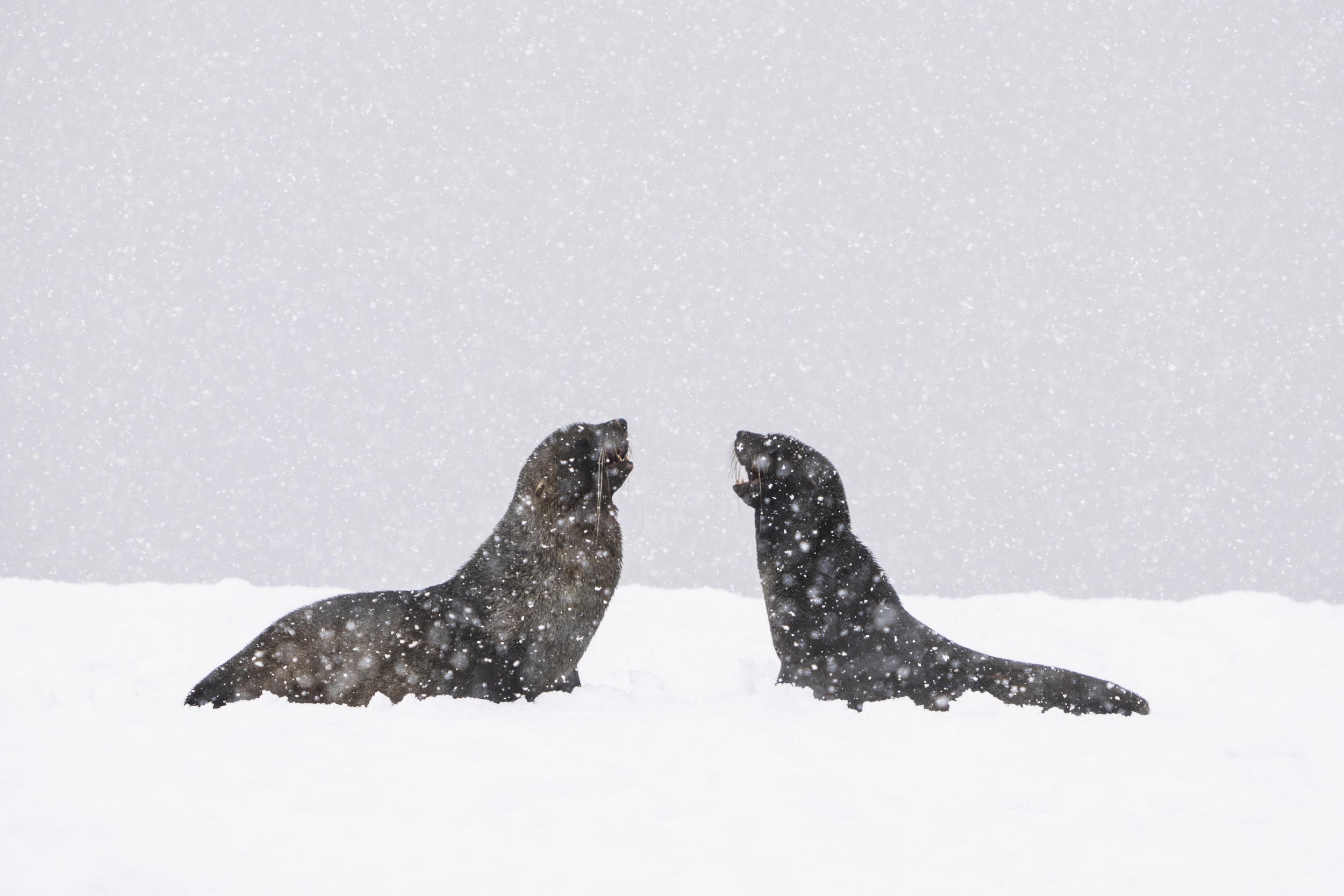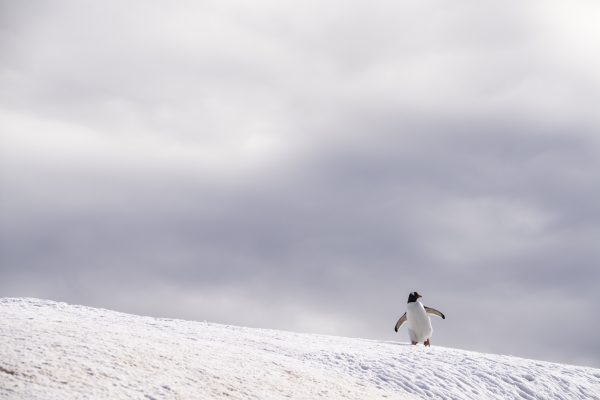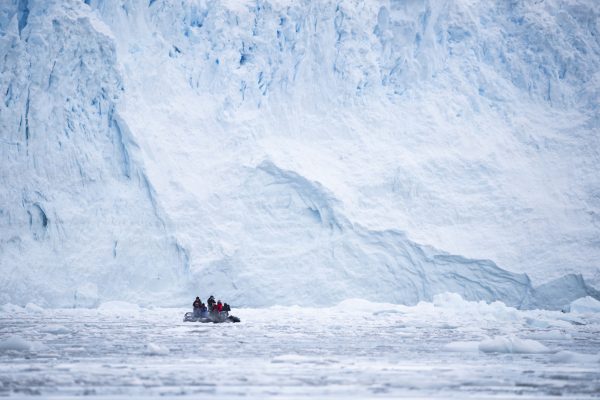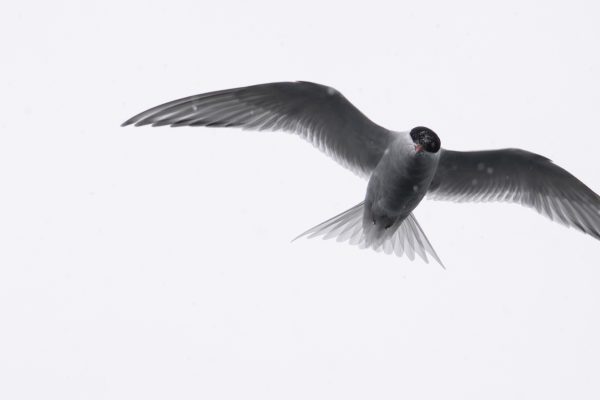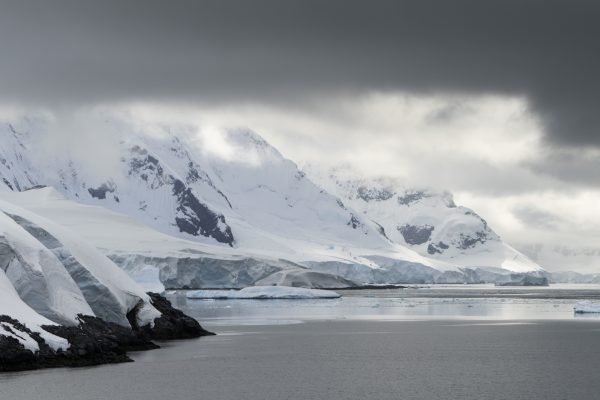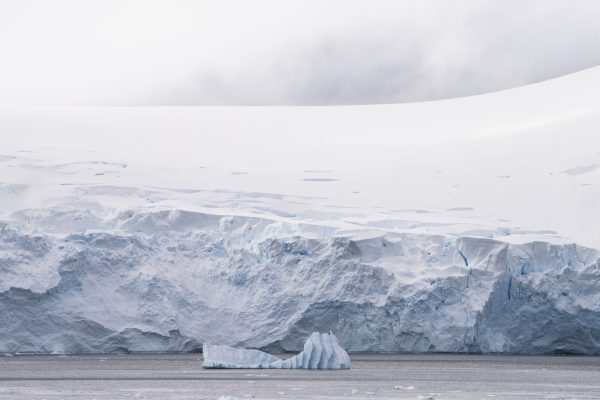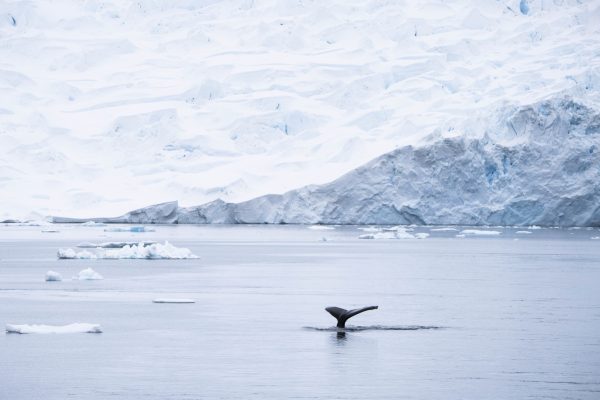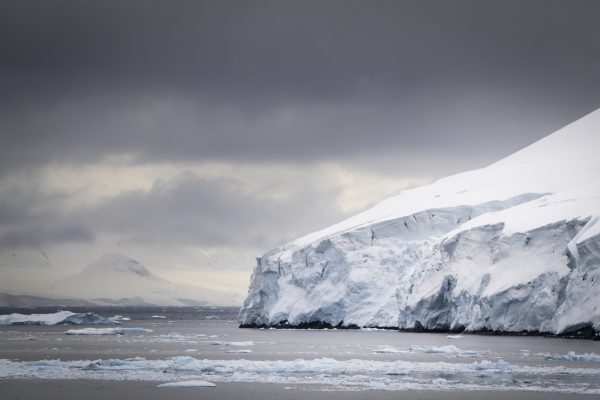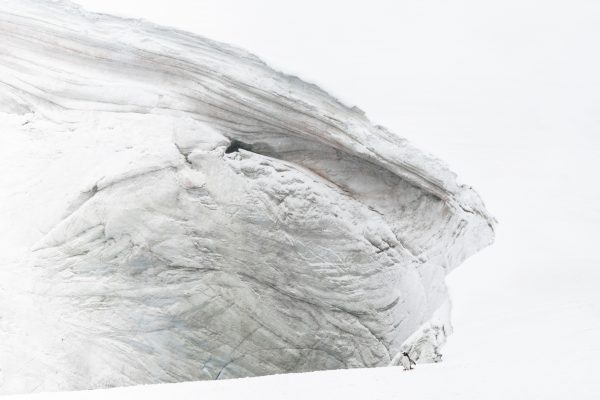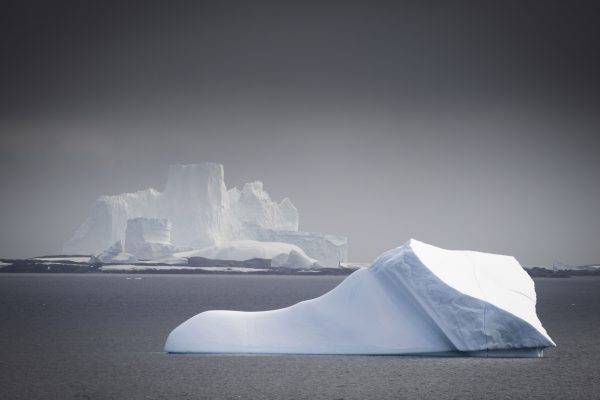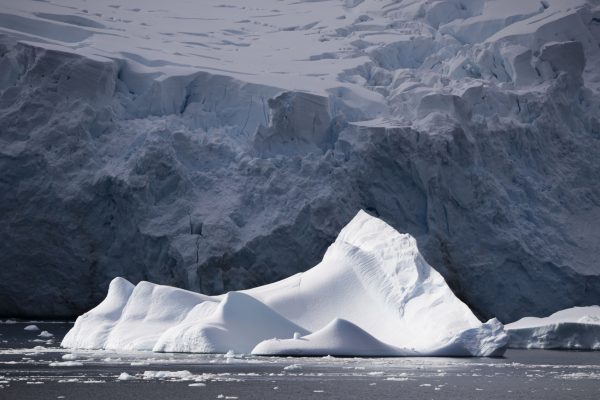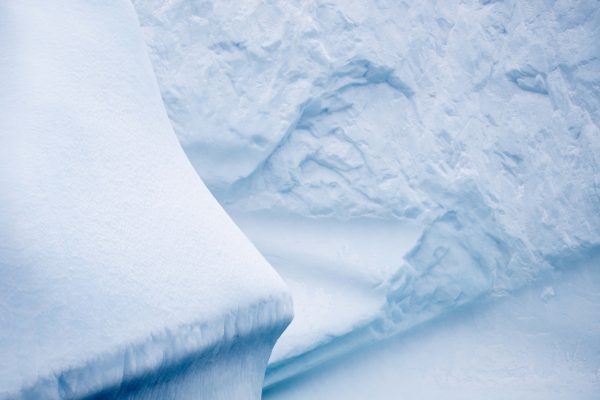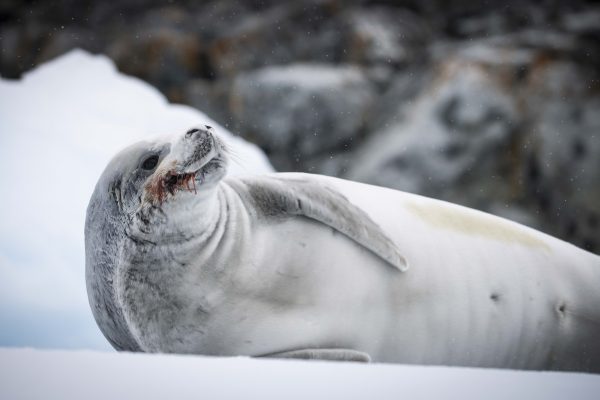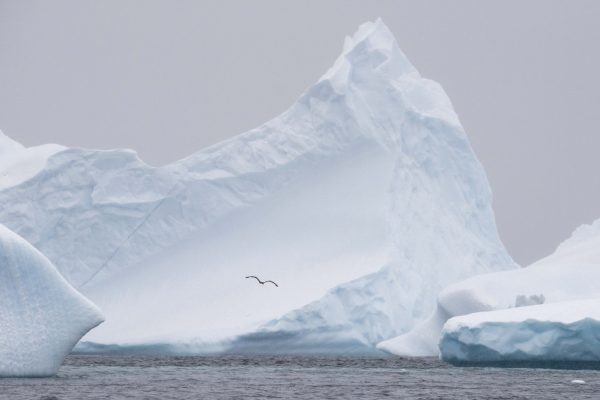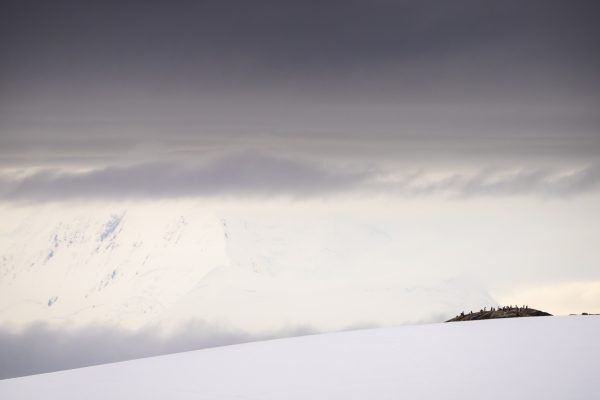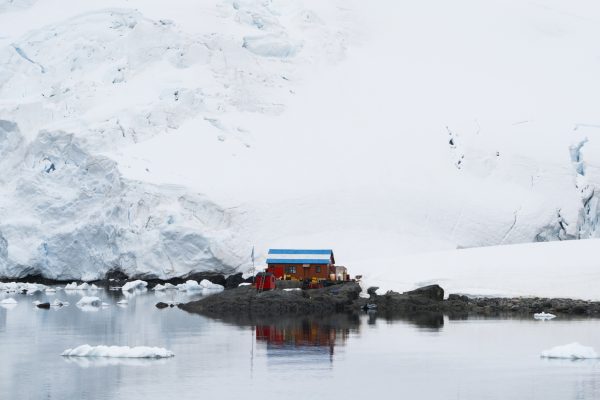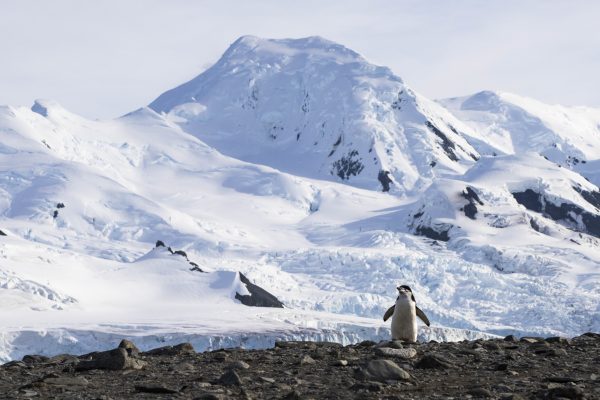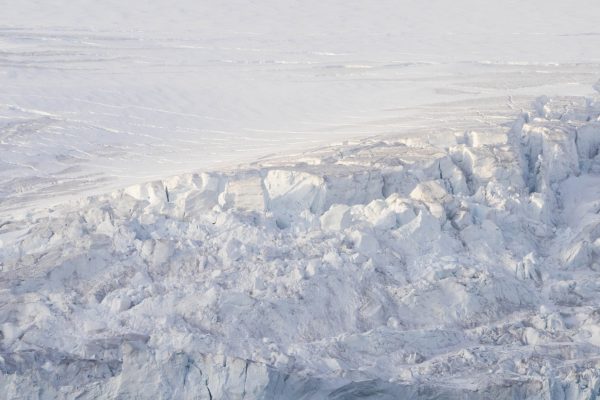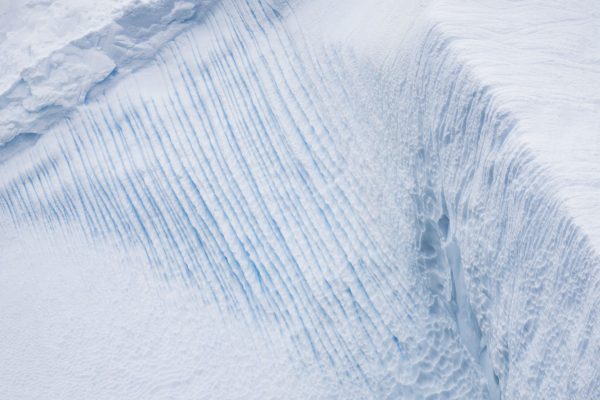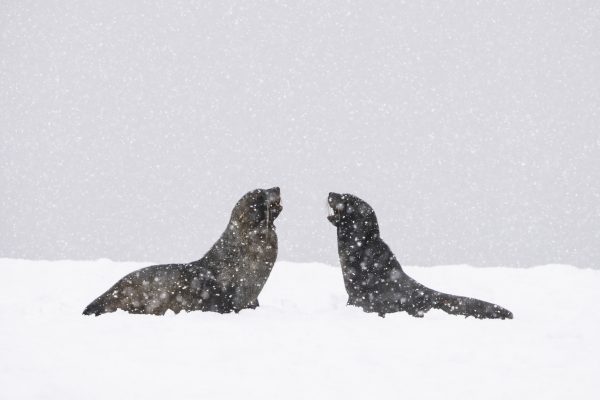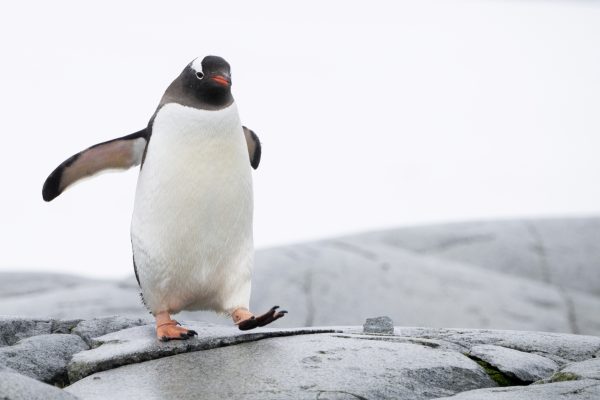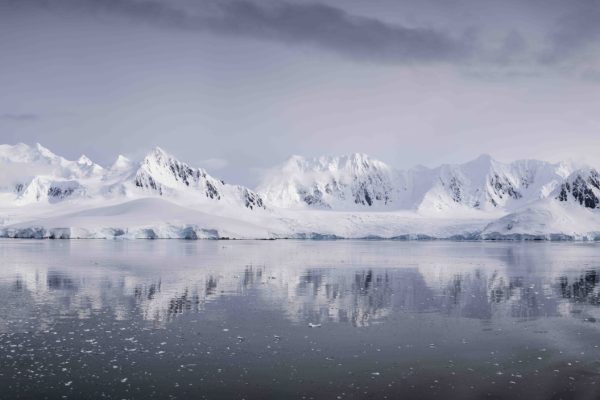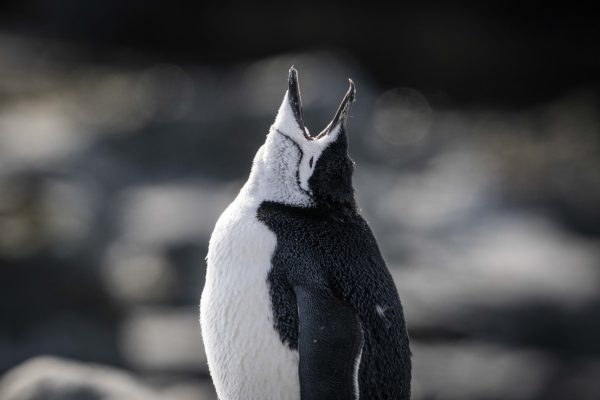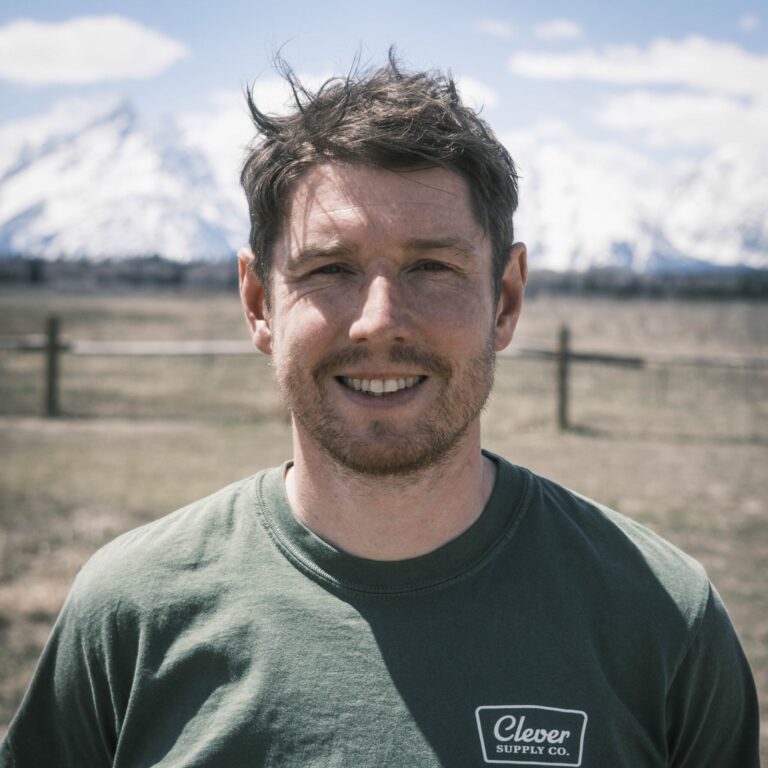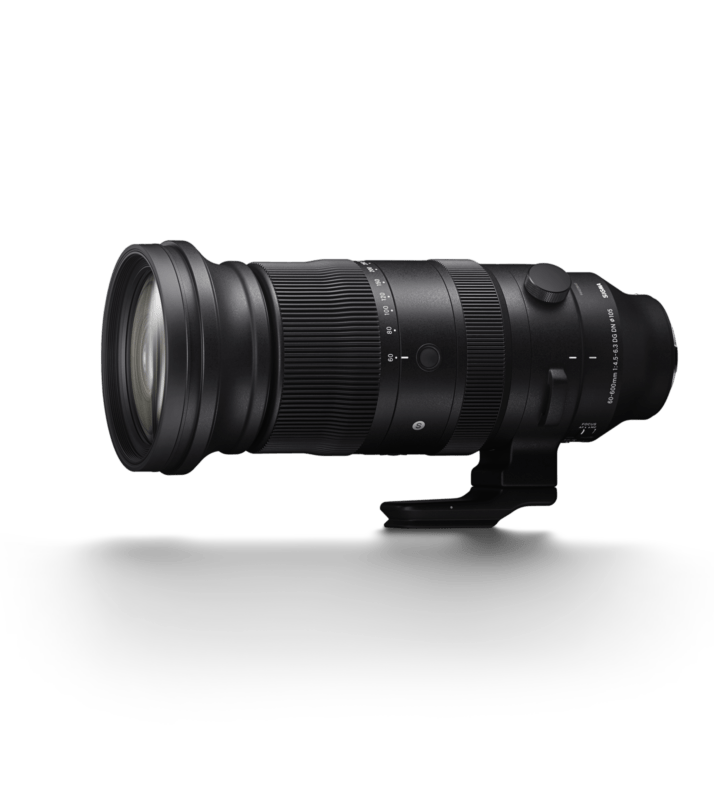I was recently fortunate enough to be part of a leadership team on a 10-day photography workshop cruise in Antarctica, concentrated around the South Shetland Islands and the Antarctic Peninsula, otherwise known as Graham Land. I shoot primarily on a Sony A7SIII and A7RV combination, the former used mainly for video and the latter as a b-cam and for stills. Both were with me for this trip along with my trusty SIGMA 24-70mm F2.8 DG DN ART lens, but I was after something with a little more reach. I don’t often shoot beyond 70mm and have never shot past 200mm, but Antarctica is a place where the long lens is king. After speaking to SIGMA about the 100-400mm F5-6.3 DG DN OS | Contemporary and the SIGMA 60-600mm F4.5-6.3 DG DN OS | Sports, I decided to opt for the later. Yes, this lens is substantially bigger and heavier, but I felt like that extra reach at either end would be useful, especially for a once in a lifetime trip such as this.
